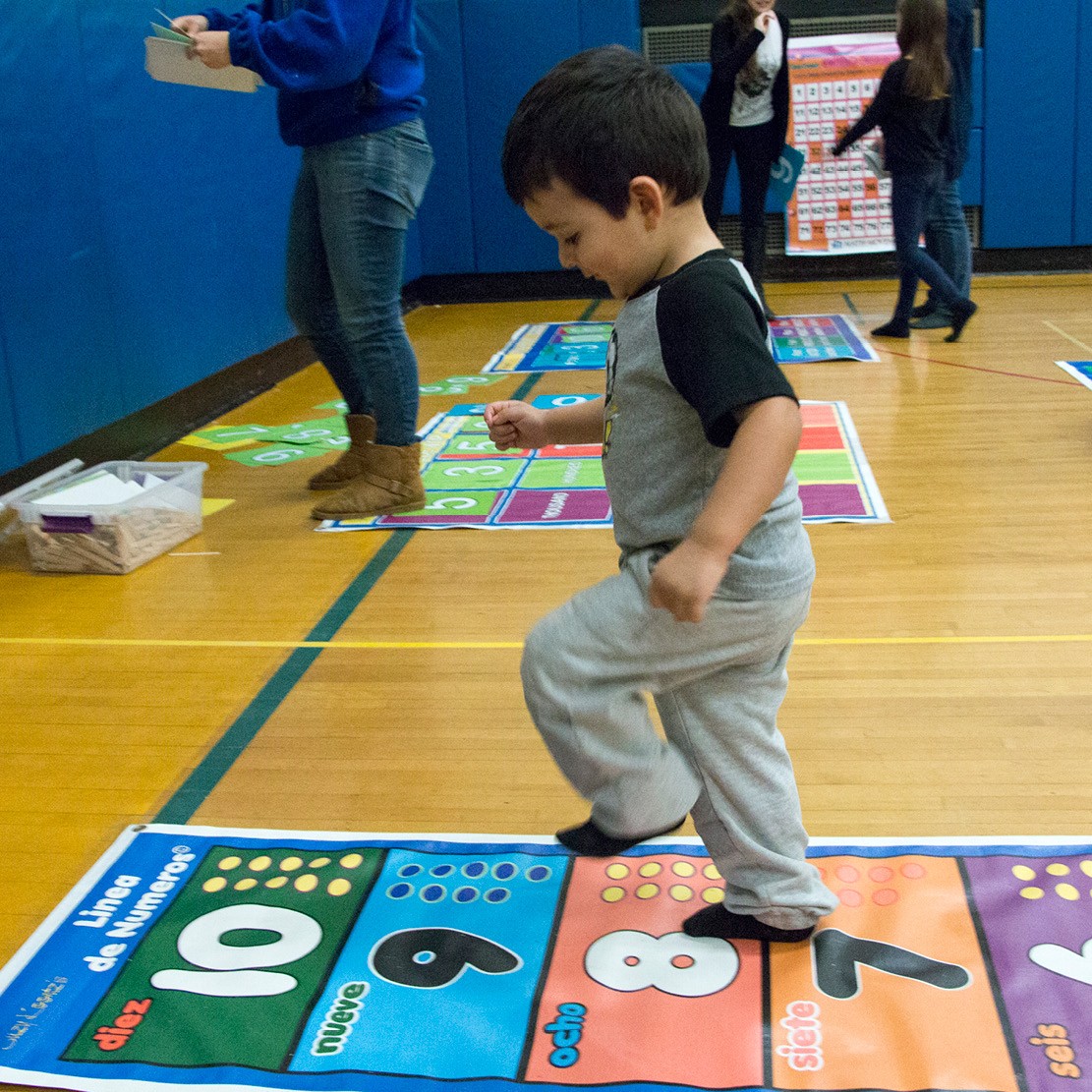
Research-Based Strategies for Teaching ELL Students
Research shows that ELL students prefer a kinesthetic learning style. Incorporating movement-based learning strategies into lessons can help bilingual classrooms thrive.

Final Program Report – Spring 2017
Written by Maggie Mason, Third Grade Math and Science Teacher
The mission of the project was to improve the mathematical understanding of our diverse population of 706 students K-5th grade at Davidson Elementary School.
Our goal in adopting Math & Movement was providing continuous and excellent child-centered instruction and improving individual student growth across all demographics and academic levels at Davidson Elementary. Our goal was to decrease the gap in student achievement of our subgroups, address student weaknesses, build off student strengths, and guide every child towards a path of academic success for the next grade level.
The original plan was for the project to serve K-5 students. However, the project served mostly third grade and several classrooms K- 2nd at our school.
In third grade, the project was implemented consistently with teacher instruction and lessons throughout the school year for 2 of the 6 classrooms (a total of 43 students). I will call this group Cohort A. Direct lessons, math stations, interventions, and math warm-ups were done regularly using the materials with all students.
Two other third grade classrooms (a total of 40 students) used the program inconsistently and more as a resource to enhance student learning. I will call this Cohort B. Floor mats and wall banners were available to students, but with less explicit instruction.
Last, two of the remaining third grade classrooms did not participate in the project (a total of 40 students). I will call this Cohort C.
The End-of-Year MAPS (Measure of Academic Progress scores) for each Cohort Group are listed below. The data represents the number of students who met or exceeded their projected RIT score (A RIT score is an estimation of a student’s instructional level and also measures student progress or growth in school).
Cohort A: 89% of students made their projected RIT
Cohort B: 53% of students made their projected RIT
Cohort C: 36% of students made their projected RIT
The End-of-Year MAPS data for each third Grade Cohort is also listed below for the percentage of students who grew above their growth projection.
Cohort A: 165% of students
Cohort B: 106% of students
Cohort C: 84% of students
The data suggests that those students who may of had more opportunities to use the program, in addition to other math instruction and materials, made higher growth gains in mathematics.
In grades K-2, several teachers used the materials and participated in the project.
Some teachers used wall banners during transitional times in the hallways. Students would practice the skip counting patterns and do hand movements to strengthen multiplication and division. This was a useful method to extend learning outside of the classroom.
The Math & Movement materials were also used as interventions for some students. If students needed to practice addition and subtraction to 20, they would use the 0-20 floor mat and move, write, and say the math facts. Using all three learning modalities improved student understanding and memory.
Teachers were able to sign-out specific materials purchased for the project through a Google Docs sign-out. Every item purchased from the grant was pictured on the Google Docs. Teachers would sign-out floor mats based on a particular unit of study, or to use in small groups.
Our district also adopted a new math curriculum this school year, making the integration of a kinesthetic math program, even more, to tackle for some teachers in terms of new application and comfort levels. The teachers who used the Math & Movement program said students were always active and engaged in his/her learning while using the materials. The visually appealing materials and ability to move, positively impacted children who were less confident or typically non-engaged in math.
An inspiring classroom moment was on December 16th when my students conducted mini math lessons for their parents at our “Math Holiday” event. They demonstrated leadership and mathematical understanding in skills and content studied since the beginning of the school year. Parents had an opportunity to be an active partner in their child’s learning for 90 minutes.
Children circulated through a variety of math activity stations throughout the morning, while selecting math strategies to teach an adult. Every student, regardless of his or her abilities and strengths, was a math teacher that day!
My students are always provided with equal opportunities to learn in the classroom, but it was rewarding for everyone on December 16th to see each child prosper not only as a learner, but as a “teacher” too. Students had the experience to share several “math talks” and demonstrate their math understanding with a family member using the Math & Movement program.
Each station contained several tiered problems on index cards. Students chose activities based on their own ability and confidence level. Dry erase boards, skip counting mats and banners, visual anchor charts, and hands-on math materials were available at stations for students to utilize during their teaching time.
The “Math Holiday” was an innovative opportunity for all students to demonstrate their learning and enjoy the feeling of success. ESL students explained and showed math with the utmost confidence using hands-on math and kinesthetic materials. Students less certain, either with the content or in sharing their ideas, could use anchor charts and the Math & Movement resources to support their explanations. Children who wanted a challenge chose higher-level tasks to apply a combination of strategies and make connections across math content areas, while kinesthetic learners used movement-based approaches to explain and solve math problems. Students were passionate about math and excited to show and talk about their ideas with others.
Students at our school are getting more exposure to the Math & Movement materials and are registering for one of the three Math & Movement camps being offered during the summer months through our Davidson Parks and Recreation Department. I feel the Math & Movement program, and the philosophy of learning behind it, is expanding with high interest in our community.

Research shows that ELL students prefer a kinesthetic learning style. Incorporating movement-based learning strategies into lessons can help bilingual classrooms thrive.
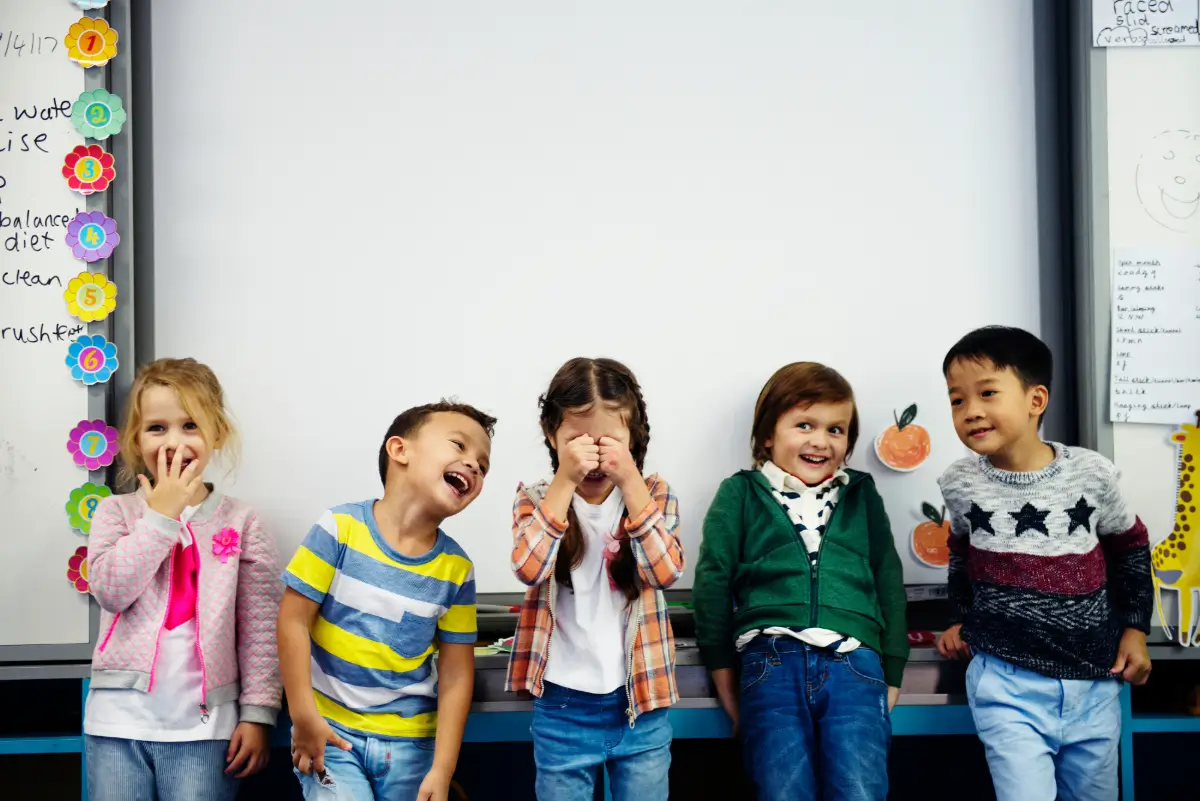
Discover how movement-based learning can help teachers implement effective classroom management strategies for elementary students.
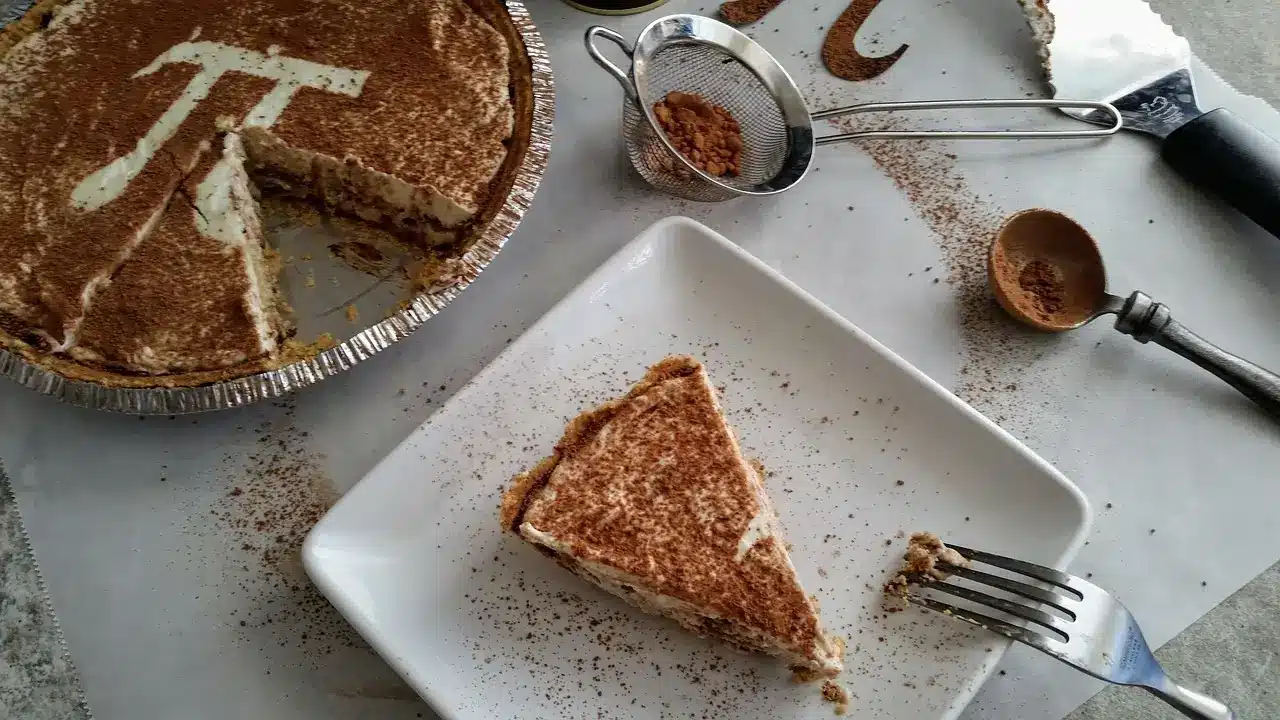
Get ideas on how to celebrate Pi Day 2024 with your elementary students.
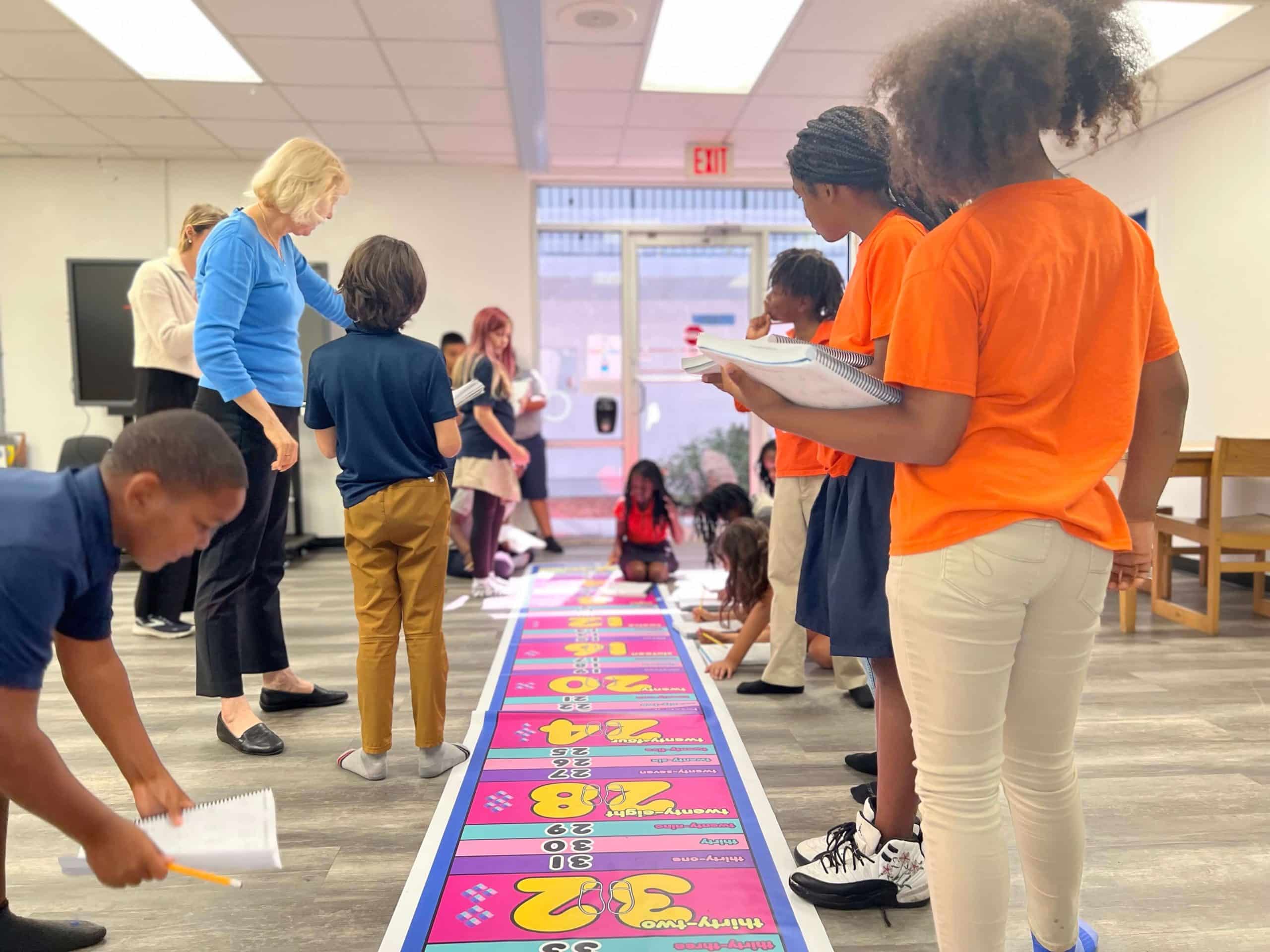
Find out how Math & Movement is aligned to your state’s education standards.
Please leave your email and a quick note for us. We will get back to you soon! In the meantime, here are answers to some of our most common questions:
→ Shipping is 10% of the order subtotal.
→Yes, we accept purchase orders!
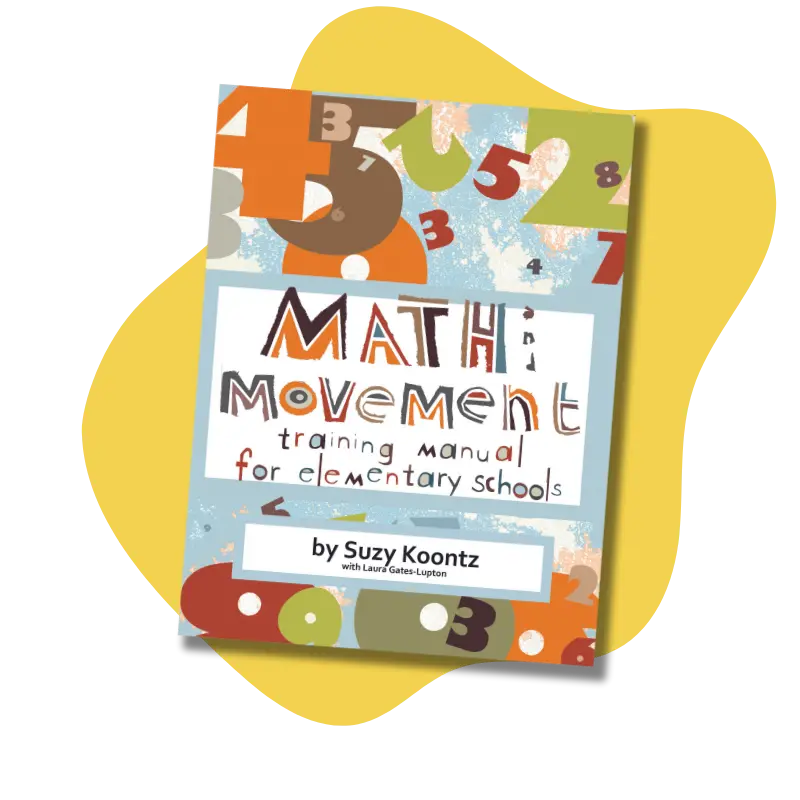
Enter your email to get our training manual with over 250 active math movements. No materials necessary!